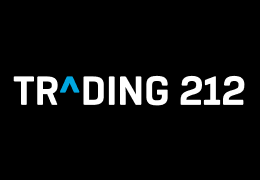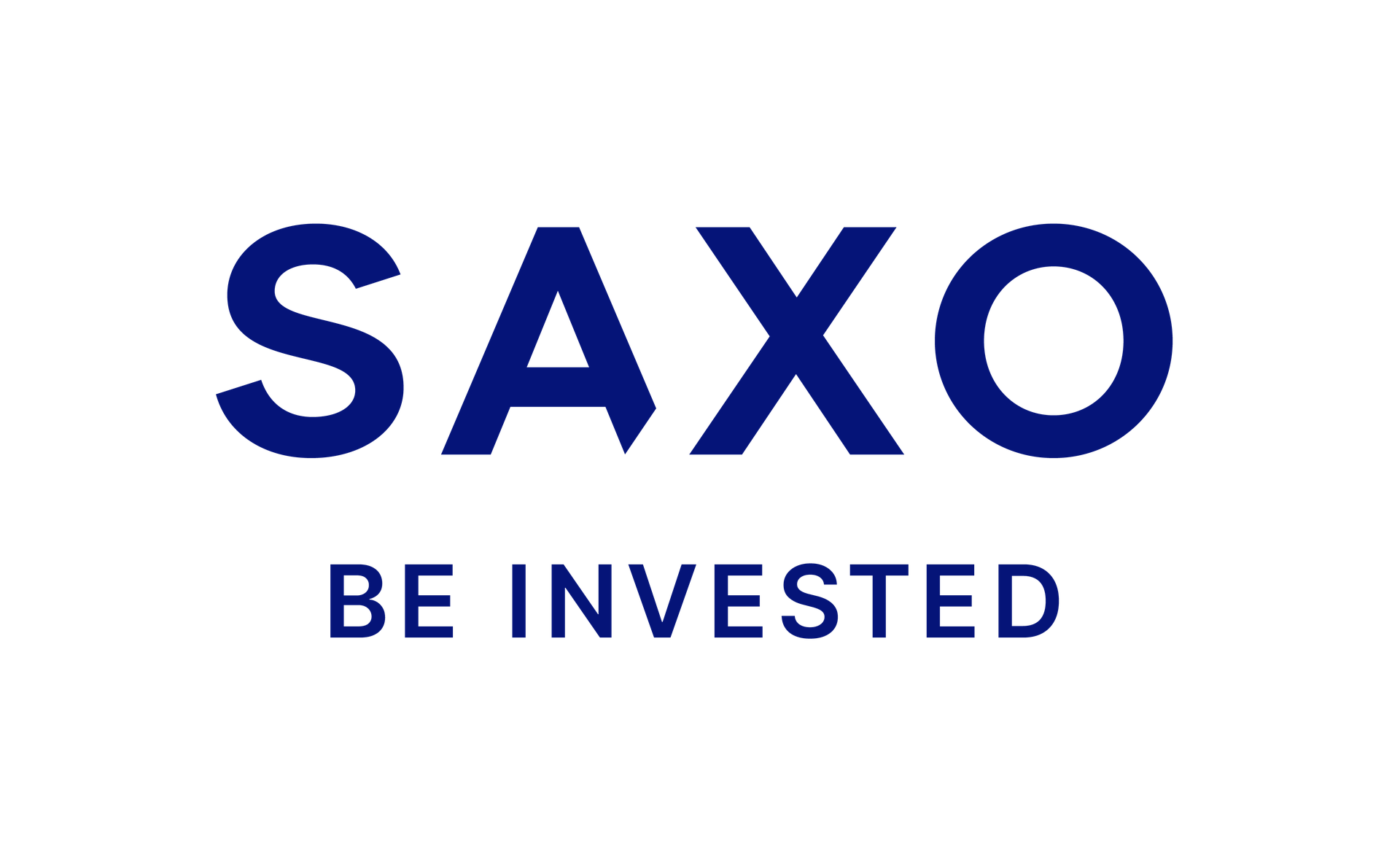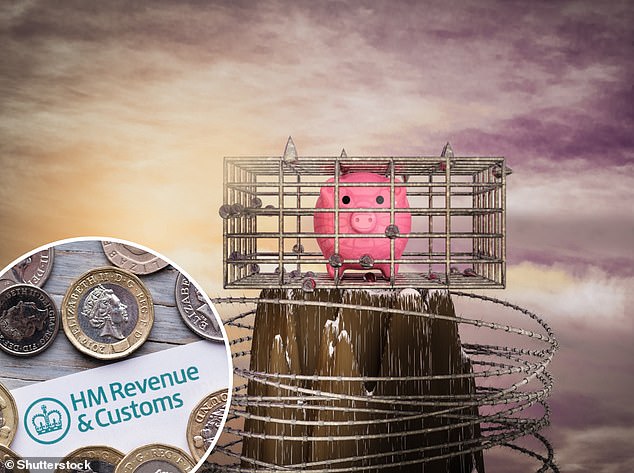Table of Contents
The number of people expected to pay tax on their savings interest will have tripled in three years, new data shows.
Many more savers will be forced to pay tax on savings because interest rates have risen and people have reached their tax-free limit.
Nearly 2.1 million people are expected to pay tax on their savings this year, up from around 647,000 in the 2021/22 tax year, a Freedom of Information request from AJ Bell reveals.
The number of people expected to pay savings tax rose to 1.1 million in the 2022/23 financial year and rose again to 1.9 million in the 2023/24 financial year. The data shows that nearly 2.1 million people could pay savings tax in the current financial year.
Tax trap: the number of savers who will have to pay taxes on the interest on their savings will double in the next two years
The number of basic rate taxpayers affected by the tax will approach one million people, compared to just half a million in 2022/23.
However, these figures are lower than those initially forecast by the Government.
A request for information submitted by AJ Bell last year showed the Government projected 2.7 million people would be hit by taxes on their savings in the 2023/24 tax year, a figure that has now been revised down to 1.9 million.
AJ Bell said this could be due to a number of factors, including more people using cash ISAs to shield their savings from tax, fewer people switching to higher-interest savings accounts and interest rates not being as high as HMRC initially projected.
Savers have piled £42bn into cash Isas in the first six months of the year, data from Paragon Bank shows.
At the end of June, there was £351.6 billion in adult cash ISAs, up £42 million from £309.3 billion at the end of December 2023, as savers rushed to ease the tax hit.
Although lower than the Government’s estimates, it still means that around 1 in 30 basic rate taxpayers are expected to pay tax on their savings this year, up from less than 1 in 100 three years ago.
| Fiscal year | Savings rate | Basic rate | Highest rate | Additional fee | Total |
|---|---|---|---|---|---|
| 2020-21 | 18,500 | 338,000 | 218,000 | 224,000 | 799,000 |
| 2021-22 | 14.100 | 226,000 | 158,000 | 249,000 | 647,000 |
| 2022-23 | 30.800 | 505,000 | 344,000 | 286,000 | 1,170,000 |
| 2023-24 | 55.900 | 873,000 | 537,000 | 435,000 | 1,900,000 |
| 2024-25 | 57,300 | 954,000 | 590,000 | 471,000 | 2,070,000 |
| Source: AJ Bell | |||||
Nearly 1 in 10 taxpayers with higher tax rates are expected to pay the tax now, compared with about 1 in 25 just three years ago.
In June, HMRC said it expects to receive an additional £3.8bn in revenue from the savings tax this financial year.
Its latest estimates revealed that the amount tax savers pay on interest on their savings will rise to £10.37bn in 2024/25, up from £6.6bn in 2023/24.
Of the £10.37bn that HMRC expects to receive in savings interest tax, £1.14bn will come from basic rate taxpayers, £2.4bn will come from higher rate taxpayers and £6.8bn will come from additional rate taxpayers.
Personal Savings Allowances (PSAs) protect and allow people to earn some interest on their savings tax-free, but have remained at current levels since they were introduced more than eight years ago.
The PSA currently stands at £1,000 for basic rate taxpayers and £500 for higher rate taxpayers. Additional rate taxpayers get no relief and pay tax on all cash interest they receive outside a tax wrapper.
When the PSA was introduced in April 2016, the best one-year fixed-rate bond on the market paid 1.91 per cent, so a basic rate taxpayer would have beaten the £1,000 PSA with a £52,357 deposit.
Today, the best one-year bond pays 4.95 per cent, so a basic rate taxpayer would exceed the limit by £20,230.
Similarly, the best easy-access account available in April 2016 paid just 1.45 per cent, so the PSA base rate would have been exceeded with a deposit of around £69,000.
With today’s highest rates paying around 4.9 per cent, £20,000 in an easy-access account would generate £980 in interest.
The big appeal of cash savings accounts is that savers can put away up to £20,000 each tax year to protect their savings interest from tax, as any interest earned is completely tax-free, unlike easy-access or fixed-rate savings accounts.
Laura Suter, of AJ Bell, said: ‘A complicated combination of rising interest rates, cash ISAs being shunned for decades, more people moving into higher tax brackets and seeing their PSA reduced, and the tax-free allowance frozen means many people are being dragged into the tax.
‘We know that more savers have been using cash ISAs to shield their savings from tax, thanks to high-profile campaigns about the number of people likely to be hit by tax bills.
‘Previously, savers often had to make a choice between getting the higher interest rate with a non-ISA account and using a cash ISA, but ISA rates have moved closer to standard savings rates in recent years, removing one of the barriers to using an ISA.
SAVE MONEY, EARN MONEY

Boosting investment

Boosting investment
5.09% cash for Isa investors

Cash Isa at 4.92%

Cash Isa at 4.92%
Includes 0.88% bonus for one year

Free stock offer

Free stock offer
No account fees and free stock trading

4.84% cash Isa

4.84% cash Isa
Flexible ISA now accepting transfers

Transaction fee refund

Transaction fee refund
Get £200 back in trading commissions
Affiliate links: If you purchase a product This is Money may earn a commission. These offers are chosen by our editorial team as we believe they are worth highlighting. This does not affect our editorial independence.
Some links in this article may be affiliate links. If you click on them we may earn a small commission. This helps us fund This Is Money and keep it free to use. We do not write articles to promote products. We do not allow any commercial relationships to affect our editorial independence.


